Those Leopard Spots Aren’t Just for Show

The Bengal’s distinctive rosettes and marbled patterns tell a story that goes far beyond mere aesthetics. These markings are a direct genetic inheritance from their Asian Leopard Cat ancestors, creating a living reminder of the wild jungle in your living room.
Each Bengal’s coat pattern is as unique as a human fingerprint, with some displaying large rosettes that mirror their wild cousins, while others showcase intricate marbled swirls that seem to flow like liquid gold. The contrast between their base coat and markings creates an almost three-dimensional effect that catches light in ways that make them appear to glow.
The Midnight Hunter’s Instincts Never Sleep

Watch a Bengal at 3 AM and you’ll witness something extraordinary – the awakening of ancestral hunting protocols that have been dormant all day. Their pupils dilate to perfect black circles as they stalk invisible prey across your hardwood floors with the precision of a trained assassin.
This nocturnal energy isn’t just playfulness; it’s hardwired survival programming from generations of wild cats who hunted under cover of darkness. Your Bengal experiences the same adrenaline rush their leopard cat ancestors felt while pursuing prey through dense Asian forests.
Water Lovers in a Cat’s Body
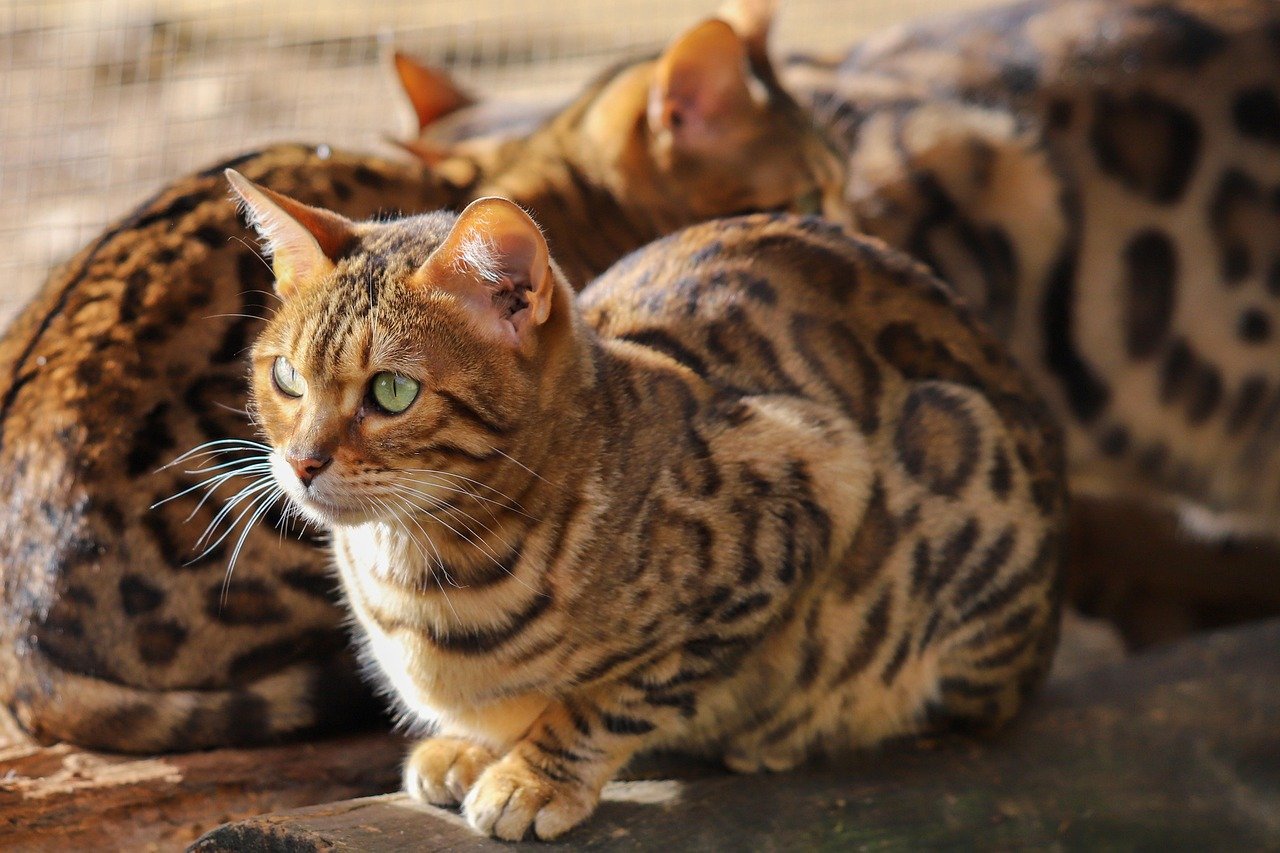
Most cats treat water like it’s liquid kryptonite, but Bengals dive in headfirst – literally. Their Asian Leopard Cat heritage includes a natural affinity for fishing and wading through streams, making them the Michael Phelps of the cat world.
You’ll find your Bengal pawing at their water bowl with intense concentration, sometimes even submerging their entire head to create mini tsunamis across your kitchen floor. This behavior stems from their ancestors’ need to catch fish and amphibians in shallow waters, turning every water dish into a potential hunting ground.
The Climbing Champion Gene
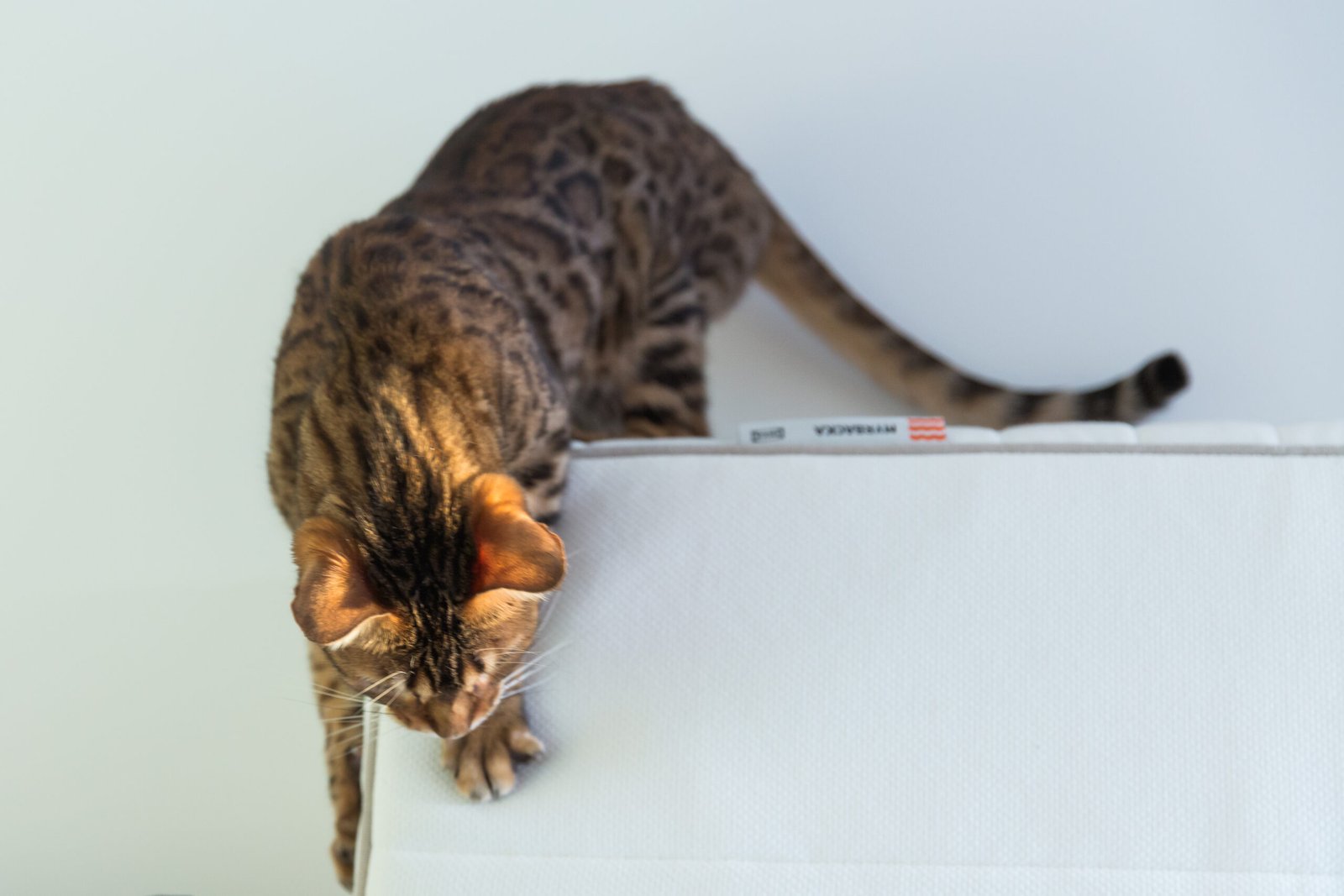
Bengals don’t just climb – they scale vertical surfaces with the confidence of a rock climbing instructor. Their powerful hindquarters and elongated body structure create the perfect combination for defying gravity on a daily basis.
Watch them launch themselves onto the highest bookshelf in a single bound, then perch there surveying their kingdom like they’ve just conquered Mount Everest. This vertical prowess comes from leopard cats who spent their lives navigating through dense forest canopies, making every tall piece of furniture fair game for exploration.
Vocal Virtuosos with Wild Conversations

Bengals don’t just meow – they perform entire symphonies of chirps, trills, and chatters that sound more like tropical birds than domestic cats. These vocalizations are direct translations of the complex communication systems used by their wild ancestors.
Each sound carries specific meaning, from the soft churring noise that signals contentment to the sharp chittering that announces the sighting of prey outside the window. Some Bengal owners swear their cats are trying to tell them elaborate stories about their day, complete with dramatic pauses and emotional inflections.
The Muscle-Bound Athletes
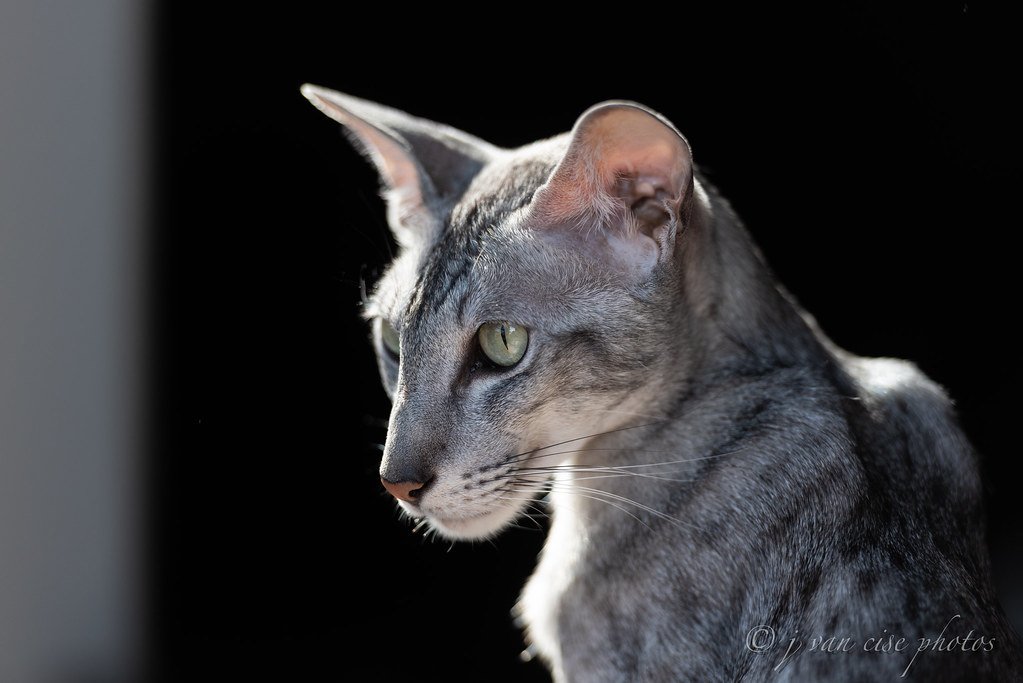
Beneath that gorgeous coat lies a body built for Olympic-level performance. Bengals possess a muscular density that would make bodybuilders jealous, with every fiber designed for explosive bursts of speed and power.
Their hindquarters are particularly impressive, resembling miniature powerhouses capable of propelling them across rooms in gravity-defying leaps. This athletic build isn’t just for show – it’s the result of selective breeding that preserved the physical capabilities their wild ancestors needed to survive in challenging environments.
Temperature Regulation Like Their Jungle Ancestors

Bengals have an unusual relationship with temperature that often puzzles their owners. They seek out the warmest spots in the house with laser-like precision, often abandoning comfortable beds for sunny windowsills or heating vents.
This heat-seeking behavior mirrors the thermoregulation patterns of Asian Leopard Cats, who needed to maintain optimal body temperature in fluctuating jungle climates. Your Bengal’s internal thermostat is still calibrated for the warm, humid environments their ancestors called home, making them living heat detectors in your household.
The Intelligence Factor That Demands Stimulation

Bengals possess a type of intelligence that goes beyond typical cat smarts – they’re problem-solving machines with the persistence of puzzle enthusiasts. Their minds crave challenges that would bore most domestic cats into submission.
Without adequate mental stimulation, a Bengal’s intelligence becomes their owner’s biggest challenge. They’ll figure out how to open cabinets, turn on faucets, and manipulate household items in ways that seem almost supernatural, proving that their wild heritage includes not just physical prowess but remarkable cognitive abilities.
Social Hierarchies and Pack Mentalities
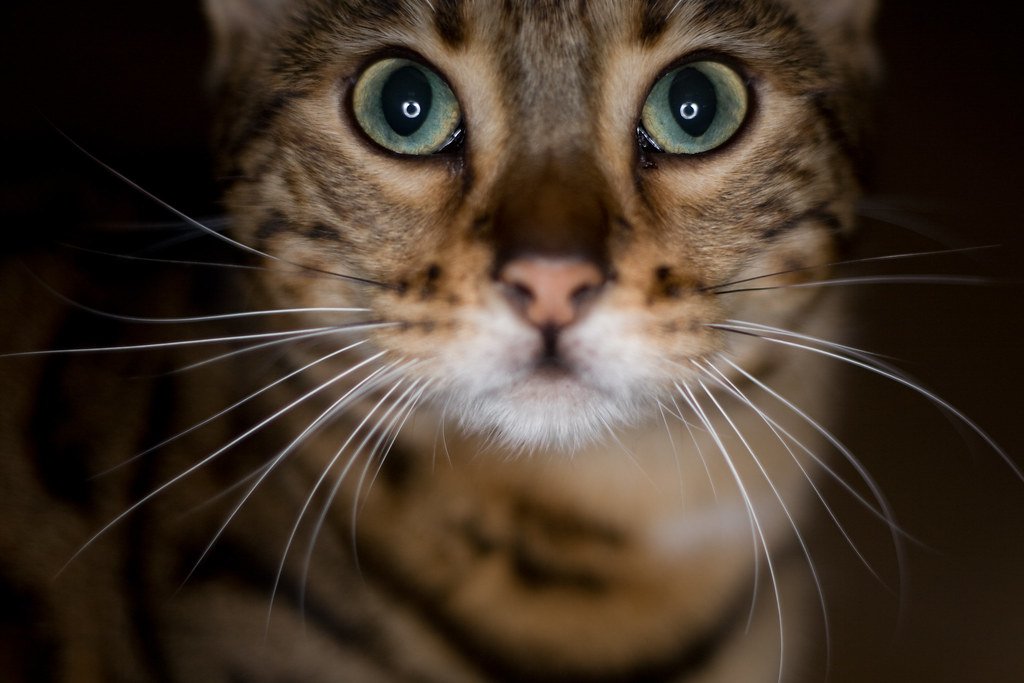
Unlike typical house cats who prefer solitary lifestyles, Bengals often display social behaviors reminiscent of their wild cousins’ territorial systems. They establish clear hierarchies within multi-pet households and form intense bonds with their chosen humans.
This social complexity means Bengals thrive on interaction and can become destructive when left alone for extended periods. Their need for social engagement isn’t just preference – it’s an evolutionary requirement inherited from ancestors who navigated complex social structures in the wild.
The Prey Drive That Never Quits

Every moving object becomes a potential target for a Bengal’s laser-focused hunting instincts. From dust particles floating in sunbeams to the neighbor’s dog visible through the window, their prey drive operates at maximum intensity around the clock.
This relentless hunting focus can transform ordinary household items into elaborate hunting scenarios. A simple piece of string becomes a snake to be conquered, while shadows on the wall turn into birds requiring immediate capture, keeping Bengal owners constantly entertained by their cat’s dramatic hunting performances.
Territorial Marking Beyond the Litter Box
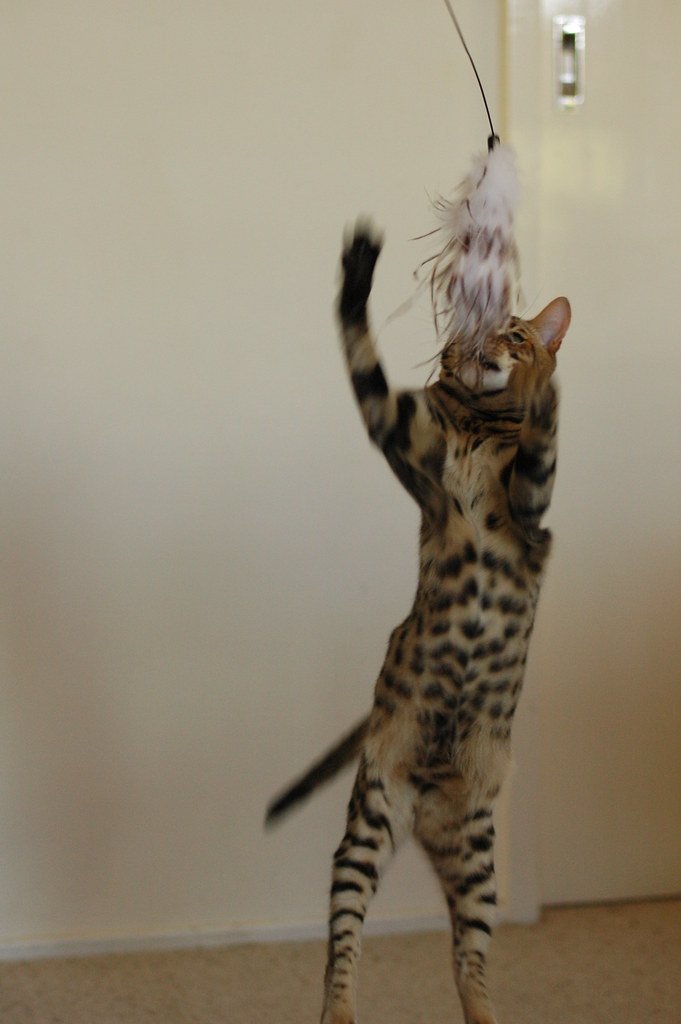
Bengals take territory marking to artistic levels, using scent glands located on their cheeks, paws, and forehead to create complex scent maps throughout their homes. This behavior extends far beyond typical cat marking, resembling the sophisticated territorial systems of wild leopard cats.
Every piece of furniture, doorway, and corner becomes part of an elaborate scent landscape that only your Bengal can fully understand. This constant marking serves as both communication and comfort, creating a familiar environment that helps manage their high-energy personalities.
The Grooming Rituals of Wild Heritage

Bengal grooming sessions are elaborate affairs that can last for hours, involving meticulous attention to every whisker and toe. Their grooming rituals mirror the extensive self-care routines necessary for survival in wild environments where cleanliness meant the difference between successful hunting and starvation.
You’ll notice your Bengal grooming with an intensity that seems almost obsessive, using techniques that appear more sophisticated than typical domestic cat cleaning. This thoroughness stems from ancestors who needed pristine coats for camouflage and scent control during hunting expeditions.
Sleep Patterns That Follow Ancient Rhythms
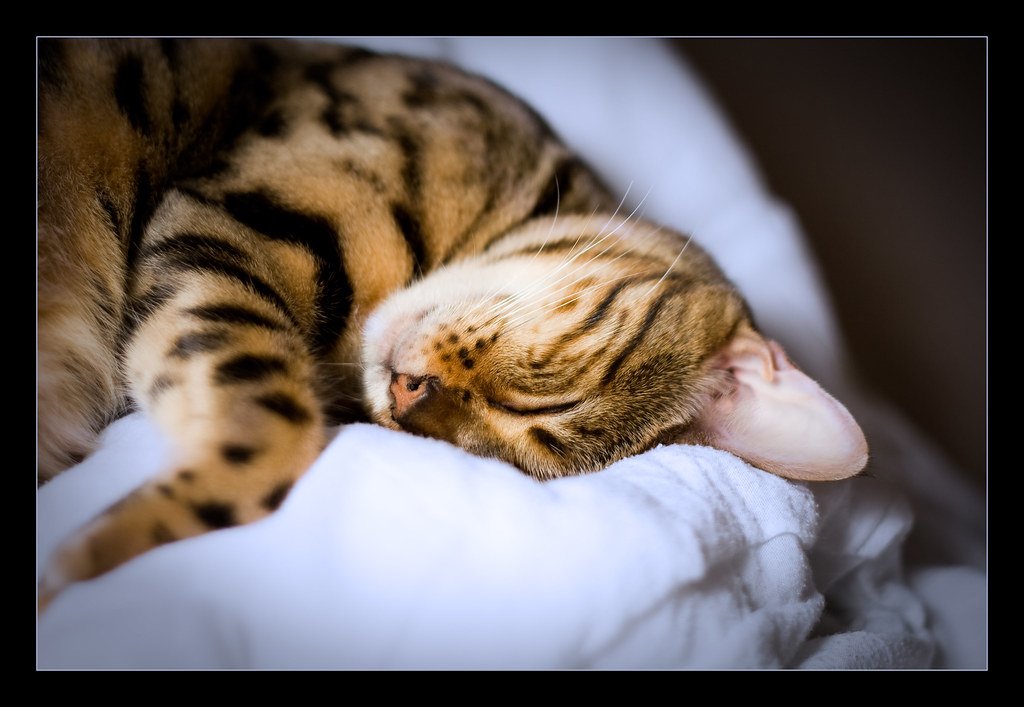
Bengals don’t just nap – they follow complex sleep cycles that align with the hunting patterns of their wild ancestors. Their energy levels fluctuate throughout the day in ways that can seem random but actually follow ancient biological rhythms.
You might find your Bengal completely comatose during midday hours, only to transform into a hyperactive tornado at dawn and dusk. These crepuscular activity patterns match the hunting schedules of leopard cats, who were most active during the transitional lighting conditions that provided optimal hunting advantages.
The Sensory Superpowers

Bengals experience the world through sensory capabilities that far exceed those of regular domestic cats. Their hearing can detect frequencies that remain completely silent to human ears, while their vision processes movement and detail with predatory precision.
Watch your Bengal suddenly freeze and stare at what appears to be empty space – they’re likely detecting sounds, scents, or movements that exist completely outside your sensory range. This heightened awareness is a direct inheritance from ancestors who depended on superior senses for survival in competitive wild environments.
Living Lightning in Your Home

The combination of all these wild traits creates what can only be described as controlled chaos in feline form. Bengals don’t just live in your home – they transform it into their personal jungle gym, complete with invisible prey, territorial boundaries, and complex social dynamics.
Understanding your Bengal’s wild DNA isn’t just about appreciating their beauty; it’s about recognizing that you’re sharing your space with a barely domesticated predator whose ancestors roamed Asian forests just a few generations ago. Every energetic outburst, every impossible leap, and every intense stare carries echoes of the wild cat that still lives within their beautiful, spotted souls.
Hi, I’m Bola, a passionate writer and creative strategist with a knack for crafting compelling content that educates, inspires, and connects. Over the years, I’ve honed my skills across various writing fields, including content creation, copywriting, online course development, and video scriptwriting.
When I’m not at my desk, you’ll find me exploring new ideas, reading books, or brainstorming creative ways to solve challenges. I believe that words have the power to transform, and I’m here to help you leverage that power for success.
Thanks for stopping by, Keep coming to this website to checkout new articles form me. You’d always love it!






